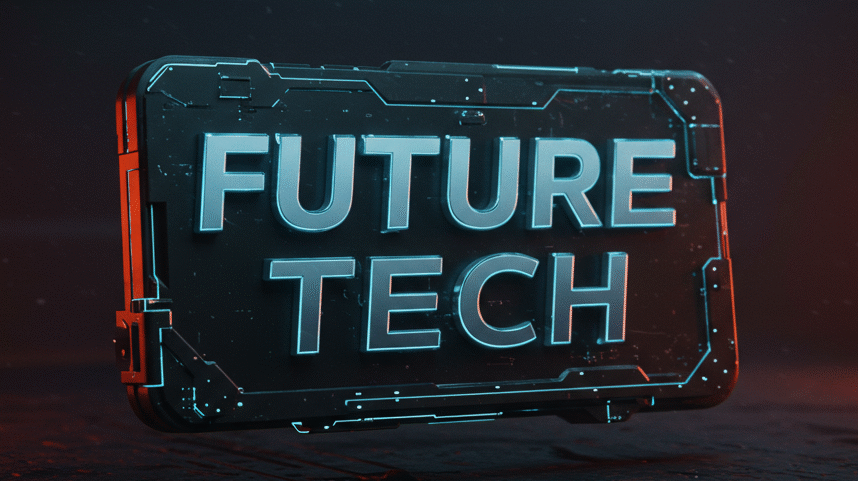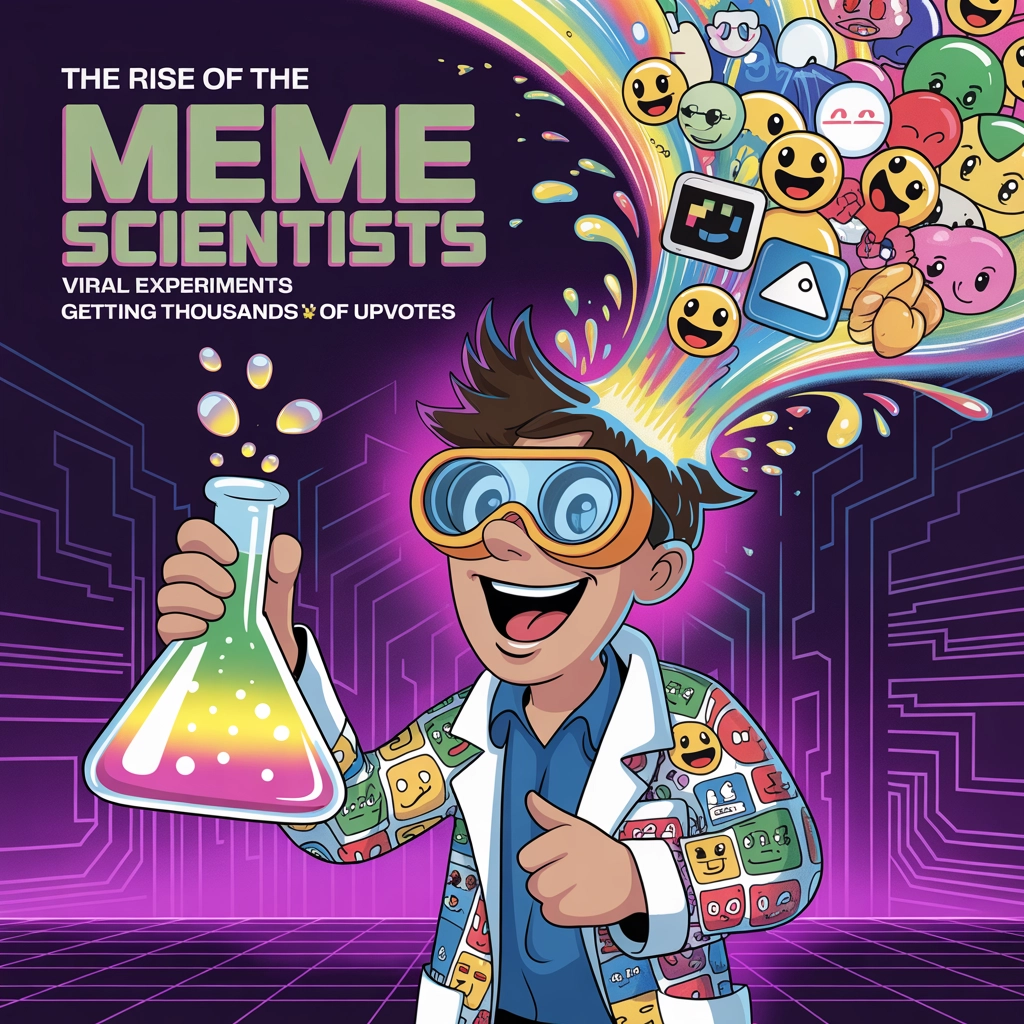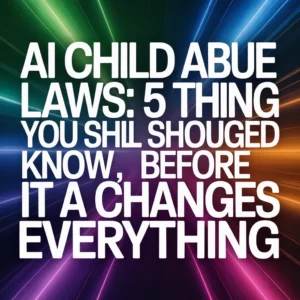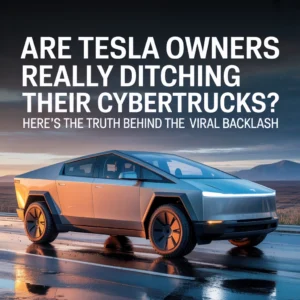Remember when scientists were just those quiet folks in white coats tucked away in windowless labs? Well, those days are officially over. Today's researchers are trading their microscopes for ring lights and turning chemistry sets into content goldmines.
We're witnessing something wild: scientists who can make a simple dry ice experiment rack up more views than most YouTubers dream of. They're not just publishing papers anymore – they're publishing memes that get thousands of upvotes on Reddit and millions of views on TikTok.
When Lab Coats Became the New Ring Lights
The transformation didn't happen overnight, but it's been impossible to ignore. Scientists have figured out that fluorescent gels synced to Taylor Swift and pipette clicks turned into ASMR content can capture attention in ways that traditional academic papers never could.
Take the viral teapot dry ice experiments that exploded across social media in 2025. These weren't just random kitchen chemistry – they were carefully crafted content designed to blend education with pure visual spectacle. The timing wasn't coincidental either. These experiments peaked during August when people had more free time to scroll through social feeds.

What's fascinating is how these creators have mastered the art of being simultaneously educational and entertaining. They're not dumbing down science – they're making it accessible. There's a big difference.
My friend Sarah, a biochemistry PhD student, started posting her lab work on TikTok last year. At first, she just wanted to share the cool-looking reactions she was working with. Within six months, she had 200K followers hanging on every pipette drop. "I realized my lab wasn't just a workspace anymore," she told me. "It became a stage."
The Platform Wars: Where Science Gets Social
Different platforms have created entirely different ecosystems for science content. TikTok's 1.7 billion users include a massive community of science enthusiasts, particularly those aged 15-24 who increasingly use the platform as their go-to search engine.
But Reddit's upvote economy tells a different story. The correlation between subreddit size and viral potential is striking – posts in communities like r/memes with 10 million subscribers can generate exponentially more upvotes than the same content in smaller, specialized science communities.
This creates an interesting dilemma for science creators:
• Post in large general communities for maximum reach but risk oversimplification
• Share in specialized science subreddits for accuracy but limited audience
• Cross-post strategically to capture both casual viewers and expert feedback
• Time posts for optimal engagement (science experiment content peaks in November and August)
The most successful creators have learned to game this system. They understand that emotionally positive content spreads faster than neutral explanations, but they also know that flooding platforms with copycat content usually backfires.
The Meme-ification of Scientific Discovery

What we're seeing isn't just scientists getting better at social media. It's a fundamental shift in how scientific knowledge spreads through society. The traditional path from lab to journal to news outlet to public has been completely disrupted.
Now, a grad student can discover something interesting on a Tuesday and have it trending on three platforms by Thursday. The dry ice teapot experiments are perfect examples – they combined familiar chemistry with unexpected visual elements, creating content that was both educational and shareable.
But this shift raises questions. When lab work becomes content creation, does it change the science itself? Some researchers worry about the "popularity curse" – where the pressure to create viral content might influence research priorities.
Beyond the Hype: What This Actually Means
The rise of meme scientists isn't just about entertainment value. These creators are serving as crucial bridges between complex research and public understanding. They're making science feel approachable, relatable, and dare we say it – fun.
The numbers back this up. Science content on TikTok isn't just getting views; it's inspiring career choices. Young people who might never have considered STEM fields are now seeing scientists as creators, educators, and entertainers all rolled into one.

The seasonal patterns in science content consumption also reveal something important about how people engage with educational material. Peak interest during holidays and summer months suggests that people are most open to learning when they have mental bandwidth – not just when they're forced to for school or work.
This democratization of science communication has created opportunities we couldn't have imagined a decade ago. A single viral experiment can reach more people than years of traditional outreach programs. And unlike passive consumption of science documentaries, social media science content encourages interaction, questions, and deeper exploration.
The most successful science creators understand they're not just sharing information – they're building communities. They respond to comments, address misconceptions, and create ongoing conversations about scientific concepts that might otherwise remain locked in academic silos.
But here's what really gets me excited about this trend: it's making science human again. Instead of faceless institutions publishing incomprehensible papers, we're seeing real people getting genuinely excited about their work. When someone can turn their PhD research into content that makes thousands of people smile, science stops being this distant, intimidating thing and becomes something we can all connect with.
So here's the question that keeps me up at night: as we watch more scientists embrace their inner content creator, are we witnessing the future of science education, or are we just getting better at making complex ideas look simple?







